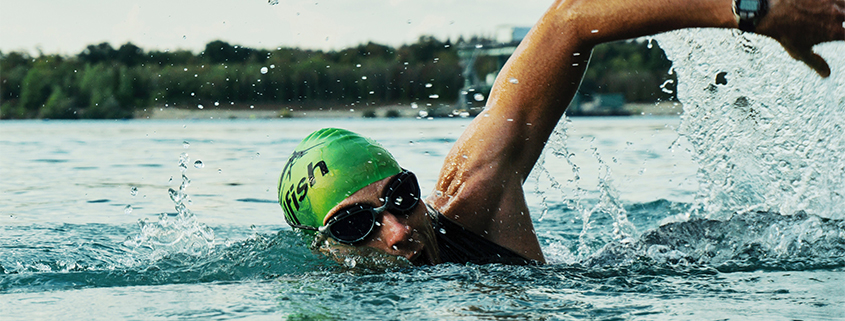Sports Eye Safety Month
Each year, an estimated 100,000 people are hurt by sports-related eye injuries. About 13,500 of these injuries result in permanent vision loss. In support of Sports Eye Safety Month, this April, the American Academy of Ophthalmology reminds athletes everywhere that a great majority of sports-related eye injuries can be avoided by simply wearing the proper protection.
Sports-Related Eye Injuries by Age
| Activity | Estimated Injuries | Ages 0-14 | Ages 15+ |
|---|---|---|---|
| Water and pool activities | 6,605 | 3,573 | 3,032 |
| Basketball | 5,141 | 1,434 | 3,707 |
| Guns, darts, arrows and slingshots | 2,798 | 951 | 1,847 |
| Baseball and softball | 2,488 | 971 | 1,517 |
| Health clubs (exercise and weight-lifting) | 2,253 | 465 | 1,788 |
| Bicycling | 1,864 | 648 | 1,216 |
| Football | 1,448 | 821 | 627 |
| Other sports and recreational activities | 1,445 | 337 | 1,108 |
| Soccer | 1,390 | 594 | 796 |
| Playground equipment | 1,180 | 1,113 | 67 |
These sports-related injuries included infections, corneal abrasions, eye socket fractures, swollen or detached retinas, and traumatic cataracts. The source, Prevent Blindness, also offers tips on sports eye protection. Here are some below:
- Always consult an eye care professional to get the best eye protection for your sport and lifestyle.
- If you wear prescription glasses, ask your eye doctor to fit you for prescription eye protection.
- Sports eye protection should be padded or cushioned along the brow and bridge of the nose. Padding will prevent the eye guards from cutting the skin.
- Try on eye protection to determine if it is the right size. Adjust the strap and make sure it is not too tight or too loose. Consult your eye care professional to ensure it has a comfortable, safe fit.
“Wearing eye protection should be part of any athlete’s routine, just as putting on equipment like shin guards, gloves or a helmet are,” says Dr. Michael Vrabec. “Eye accidents happen so quickly, but the effects can be painful and last a lifetime. Making sure you have the right safety eyewear can reduce serious vision impairment.”

